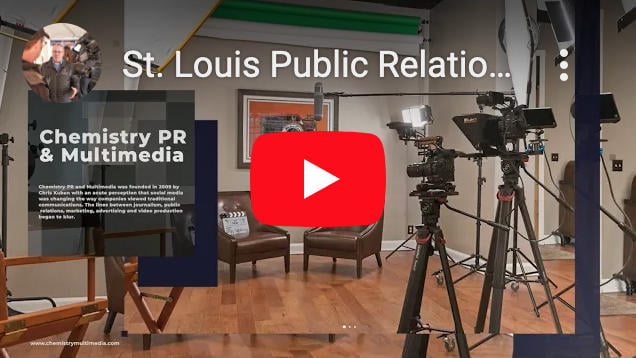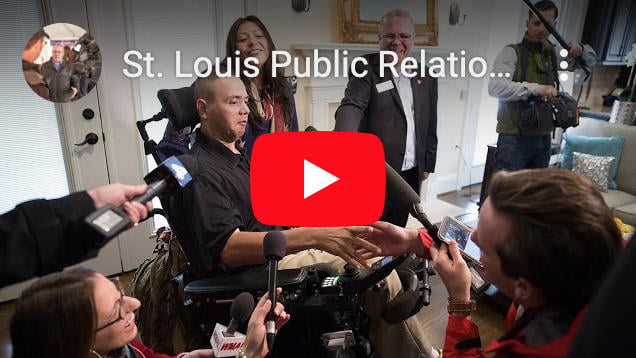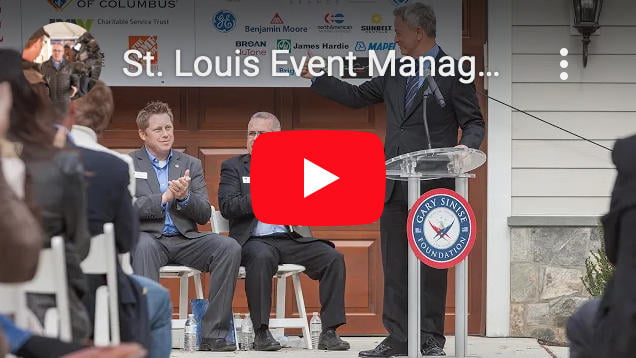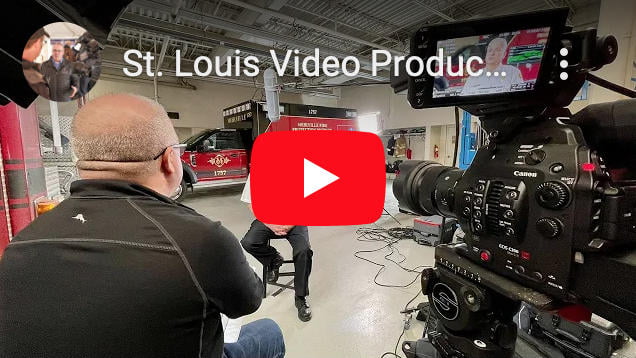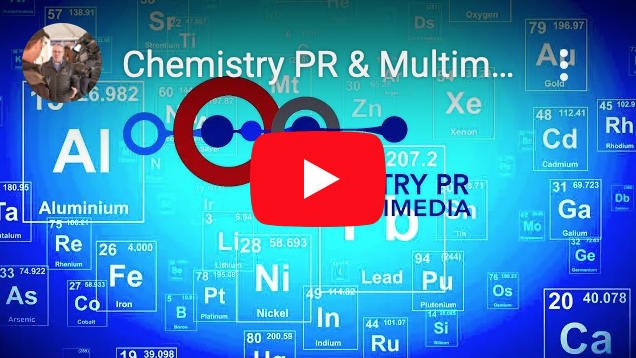What is News?
Sometimes the biggest challenge a an organization faces is understanding (or more likely helping their colleagues and clients to understand) just what is news… thus, what makes a story newsworthy. Is the annual fundraising event for a nonprofit, news? If the story is carried by the media, is it generally considered more of an announcement than a story? There are many questions that need to be asked prior to pitching a story.
Looking at the question from one point of view, senior leadership and boards of directors love to see their organization in the news, but they may not really understand what editors or producers find compelling. So, how does one determine ‘what news is?’
 News is whatever an editor or producer decides it is. You might believe your story is just as compelling as that of a competitor. But if the pitch doesn’t capture the attention of an editor, the story won’t get the coverage it may very well deserve.
News is whatever an editor or producer decides it is. You might believe your story is just as compelling as that of a competitor. But if the pitch doesn’t capture the attention of an editor, the story won’t get the coverage it may very well deserve.
It is worth bearing in mind that the editor or producer is always thinking of the audience and what will capture their attention. A pitch is more likely to capture the attention of the editor or producer when they can be convinced the story meets one or more of the following criteria:
- News is informative. If that information is about something new or different, even better! That’s the reason topics like new inventions or medical breakthroughs make headlines.
- News is relevant. It helps audiences make decisions. Weather reports are highlights of the local evening news – those reports are relevant because they affect how audiences plan for the day ahead, from how to dress to what the day’s commute will look like!
- News is timely. It relates to something that has recently happened, will soon happen, or is a new development related to something from the past. We often see this in coverage of crimes. A murder might have occurred decades ago, but if the investigation is still open and yields a new piece of evidence or new suspect, the story will appear in the evening news.
- News is specific. It has something specific, unique, or interesting that helps to serve as the hook and grab the attention of the audience. We saw this when stories appeared highlighting the first recipients of the COVID vaccine. They were, at that moment in time, doing something that no one had done until then.
- News is local. It is sure to impact the local area or explain how it connects to local issues or concerns. For better or worse, people relate better to a story when they feel like it can directly affect them or someone they know. Note how national issues, like inflation, are covered through stories that focus on increases in gas prices locally.
- News is personal. It involves people. In any good story, the people and what happens to them are what makes audiences care. The idea of a factory closing is less interesting and far less moving than a story about the workers who will lose jobs as a result.
 To sum these points up – if you have a general story, find the specific in it. Identify a specific person or location that is going to be affected and tell the story from that angle. An organization might help thousands of people each year who are facing cancer. That work is laudable, but it becomes newsworthy when one specific patient with one specific type of cancer is identified and tells their story. Audiences can relate to the patient who reminds them of a loved one, or who happens to be battling the same type of cancer they are. This kind of specificity give the audience a stronger reason to care.
To sum these points up – if you have a general story, find the specific in it. Identify a specific person or location that is going to be affected and tell the story from that angle. An organization might help thousands of people each year who are facing cancer. That work is laudable, but it becomes newsworthy when one specific patient with one specific type of cancer is identified and tells their story. Audiences can relate to the patient who reminds them of a loved one, or who happens to be battling the same type of cancer they are. This kind of specificity give the audience a stronger reason to care.
Unfortunately, there is also truth in the old saying “if it bleeds, it leads.” Stories are also considered newsworthy if there is harm to people or property or when a conflict arises. The stories we see in 2022 about Supreme Court decisions or about school boards debating if books should be banned from libraries are prime examples of how conflict creates news. It has always been the truth of the industry and always will be.
On the lighter side novelty can also drive news. If a story surprises or entertains people with something they’ve never seen before or with an unexpected outcome, it is sure to capture their attention. Did you know that the Oscar Mayer Wienermobile still travels around the country? Yes! And you can even track its location and schedule of appearances on the OM website!
Great points to keep in mind. Editors and producers need to believe that their audiences will be interested in or affected by a story. The best PR professionals learn (and practice) how to help editors and producers see how their pitched stories accomplish these things, and increases the chances of featured coverage.
 Chris Kuban started Chemistry PR and Multimedia with a vision to effectively formulate corporate and non-profit brands across the country. He is an expert in Media Relations, Event Management and video production. Working with a team of local and national suppliers, vendors, employees, and consultants has allowed him to coordinate more than 246 national events that help deliver the ROI his clients seek. Follow him on Twitter or connect with him on LinkedIn. Chris is proud that his firm is ranked one of the Best St. Louis Public Relations Firms in the region.
Chris Kuban started Chemistry PR and Multimedia with a vision to effectively formulate corporate and non-profit brands across the country. He is an expert in Media Relations, Event Management and video production. Working with a team of local and national suppliers, vendors, employees, and consultants has allowed him to coordinate more than 246 national events that help deliver the ROI his clients seek. Follow him on Twitter or connect with him on LinkedIn. Chris is proud that his firm is ranked one of the Best St. Louis Public Relations Firms in the region.




